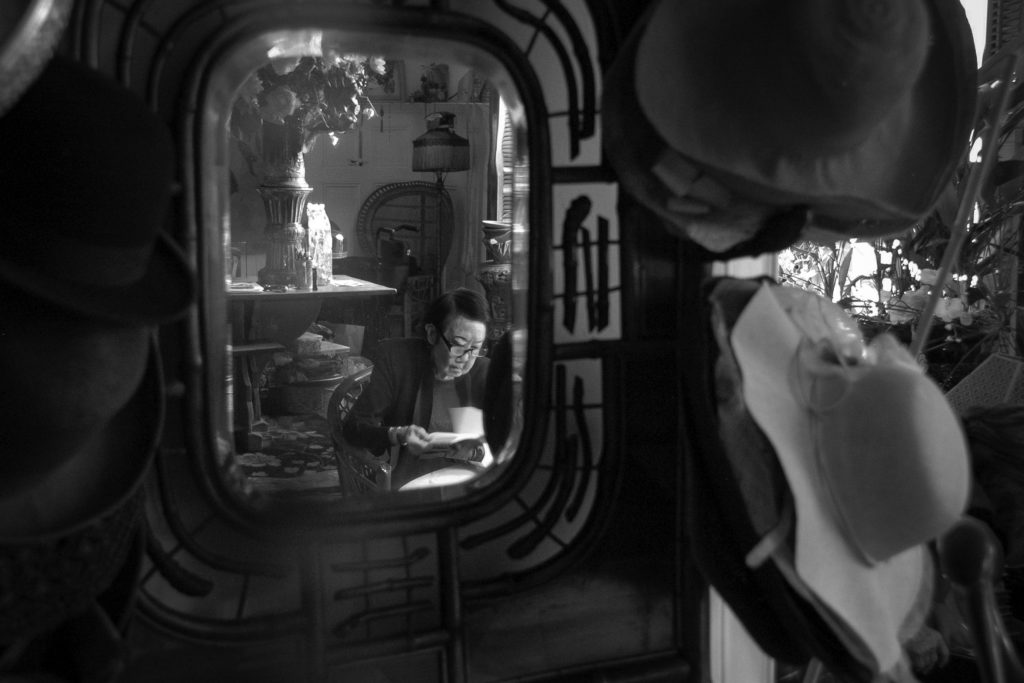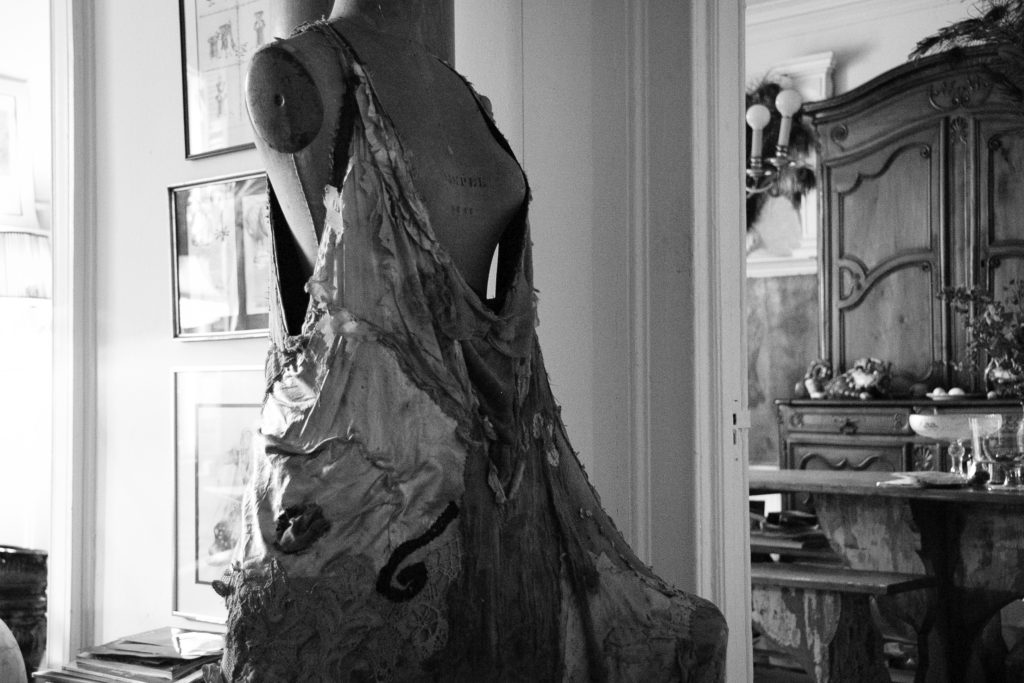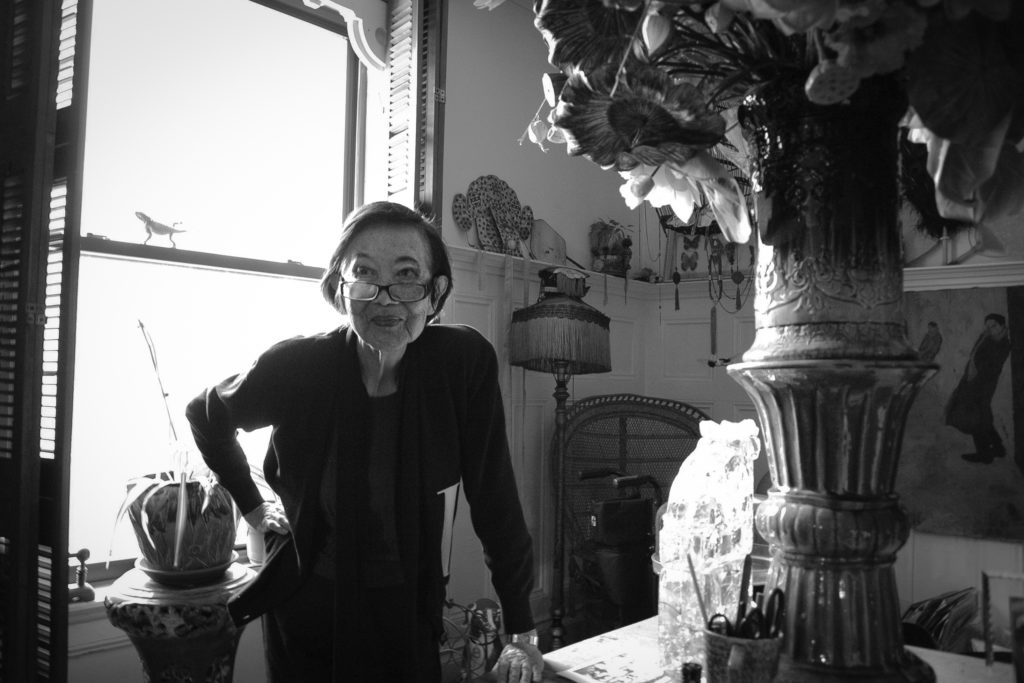【Italian XXX movie Lezioni Private (2011)】
Remembering Willa Kim
In Memoriam

Anyone who wades into The Paris Review’s files—particularly material from the early days in Paris, in the 1950s—enters a kind of historical haze. It’s difficult to separate the fact from the fiction, the magazine’s real history from its lore. Reliable records are hard to come by. Certain documents, contracts in particular, are nonexistent.
The first time I met Willa Kim, she rescued me from such a haze.
It was early 2012, and I was searching for the artist behind the cover of the Review’s first issue, published in 1953. (It depicts a trumpeting rider astride Pegasus; the image, presumably, is based on a sculpture by Antoine Coysevox.)
“If in doubt, credit it to Billy,” Peter Matthiessen told me over the phone. Matthiessen was referring to William Pène du Bois, the Review’s original art editor.
But I was skeptical. Pène du Bois’s artwork, which appeared elsewhere in the archive, was more textured, more expressive; it didn’t quite jibe with the style of the graphic. So I dug a little deeper.
Pène du Bois died in 1993, but a quick search showed that his widow, Willa Kim, was still alive. What’s more, she lived in New York, just a few miles from The Paris Review’s office. I rang her up.
“It’s an image William found,” Willa declared, after plucking the copy in question from a complete set on her bookshelf. “He didn’t draw it himself. It was found art.”
No matter that nearly sixty years had passed since she’d thought of the image; the truth about its provenance was plain as day.
So it was with Willa—with whom, in the months to come, I struck up something of a friendship. I’d visit her at her apartment on Eighty-Second Street, towing along the latest copy of The Paris Review. In return, she offered up story after story of the “early days,” illuminating that era of the magazine—the Reviewof the early fifties, when she first came to know it—with the clarity and grace of someone who’d witnessed it up close, without being swept up by its many legends.

To visit Willa in her Upper West Side apartment was to stroll through an artistic menagerie: mannequins were draped with elaborate, aging costumes; beaded necklaces dangled from fringed lampshades; magnificent floral arrangements were splayed throughout the many rooms. Every surface was teeming with art; the apartment itselfwas art. Drawings and paintings covered the walls, showcasing many of the artists who’d contributed early portfolios and illustrations to the Review. Her late husband, Billy, was well represented, of course—but so, too, were Jean Carzou and Rico Lebrun and, perhaps more than anyone else, Tom Keogh.

Willa was particularly fond of Tom’s work—his formal paintings but also the quick offhand sketches that she referred to as his “doodles.” (Some of Tom’s work, and some of Willa’s, was later published in an archival portfolio curated by Nicole Rudick.) “It’s so sad,” Willa told me once, referring to Tom. “He died much too young. He was such a gifted American artist who no one knows anything about.”
Of course, there was Willa’s own artwork, too: her costumes, her hats, her props, her sketches, each one a springboard for a story about her collaborations with the titans of opera, ballet, and Broadway.

A small room, off to the left as one entered, served as her studio. In it, she kept a bulging Rolodex and an array of watercolors. Her designs—some of them stuck to the wall, some of them strewn about on scraps of loose paper—sat beneath a haphazard arrangement of knickknacks: old photographs, a collection of ballet slippers, a mobile.
On more than one occasion, as I turned to leave, Willa and I lingered at a frame outside her studio that showcased a costume design she was particularly proud of: one worn by Mikhail Baryshnikov—“He was sucha beautiful dancer!”—not long after he defected from the Soviet Union. Willa had draped him, provocatively, in a modified American flag.

Willa Kim died a month ago, on December 23. She was ninety-nine years old. Her obituary in the New York Timeshailed her achievements as a “theatrical costume designer,” highlighting her Tony Awards, her Emmy, the longevity of her artistic contributions. But to those of us at the Reviewwho came to know her in more recent years, after she’d rejoined the fold, Willa meant something else, too: she was one of the last living participants in The Paris Review’s early days, when George Plimpton and Peter Matthiessen and the rest of the gang—many of whom would later become literary legends—were awkward, boyish expats, only recently graduated, with big dreams but, as yet, little to show for them.
Willa told me once that she and Billy—both of whom were ten years older than the rest of the Review’s founders and early editors—often felt like the “parents” of the group. If that was the case, then lucky for their children.
And—all these years later, still feeling her influence—lucky for us, too.
Stephen Hiltner is a staff editor at the New York Times. He was an editor at The Paris Reviewfrom 2010 to 2016. You can find him on Instagram or Twitter.
All photos are by the author.






Related Articles